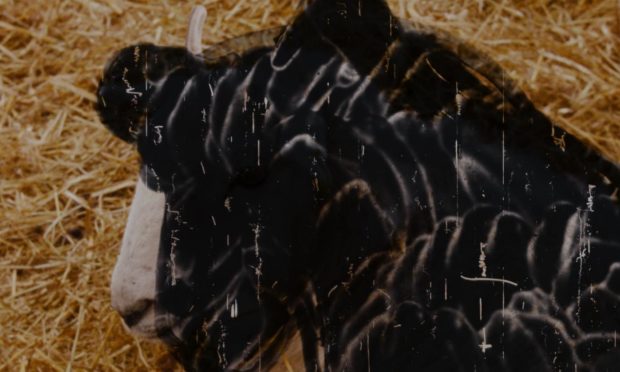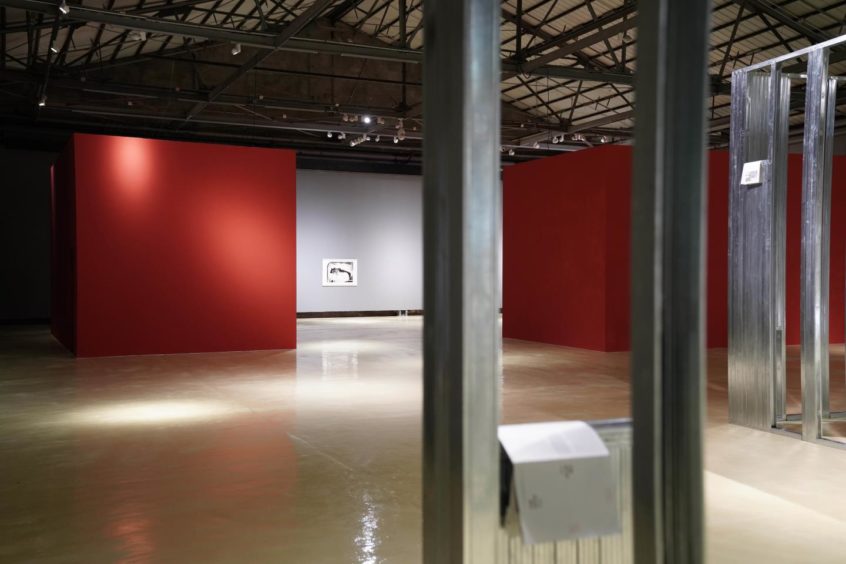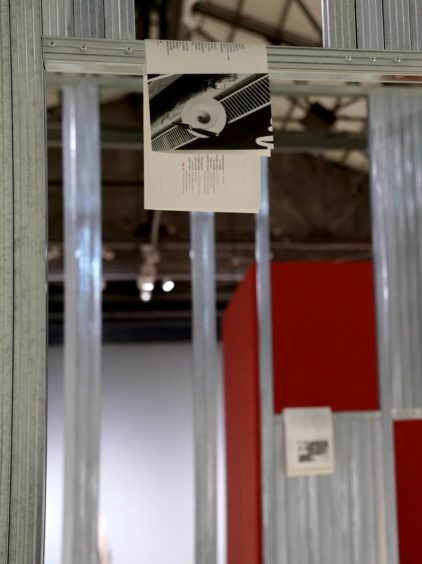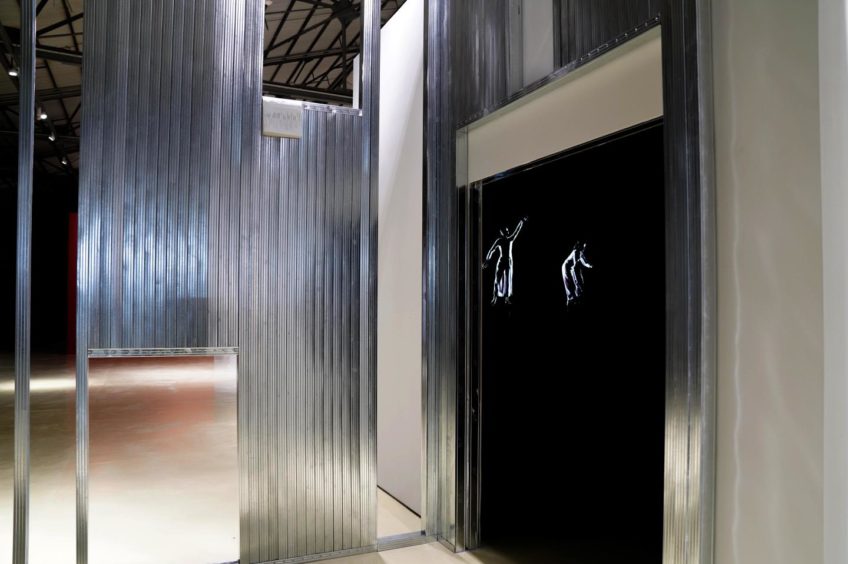As if life hasn’t been tough enough for any artist or gallery trying to put on an exhibition in the past year, the struggle has been multiplied for Sophia Hao, curator at Dundee’s Cooper Gallery, and the three internationally-renowned artists engaging in the fourth phase of the Current programme.
The effort, in this case, has been to produce an exhibition for display in Shenzhen, China, while those responsible have remained in the UK.
Hao is based in Dundee, where the Cooper Gallery is Duncan of Jordanstone College of Art and Design’s in-house contemporary art gallery, while the artists are spread across the UK.
In fact, the Glasgow-taught, Turner Prize-nominated duo Rosalind Nashashibi and Lucy Skaer live in London and on the Isle of Lewis, respectively, so even coordinating between them and the latter’s lack of WiFi signal was a major effort, says Hao.
The pair have created work together, while Glasgow-based artist Corin Sworn has made the other major piece, a film installation within a specially-created structure named Habits of Assembly II, which comes with a specially-displayed art book publication called Folding Vesuvius.
“We actually did the install (of the work in Shenzhen gallery OCAT) online via Zoom, which was quite interesting,” says Hao, with a sense of understatement.
“Corin was directing the curatorial assistant at OCAT where to place the publication, because that’s a part of the installation as well. Even doing that… ‘can you zoom in a little bit? Can I have this image turned around to your left? No actually, to the right?’
“Doing that for hours, all these misunderstandings and miscommunications – it’s great fun, but at the time it was torture. It’s quite interesting to show, though, how we could be stretched into that situation as human beings, especially thinking about Corin’s piece.”
Sworn’s work, says Hao, fits well in Shenzhen, ‘the City of the Future’, transformed over decades from a small fishing village to an industrial metropolis.
Of late while not travelling, I have become aware of the studio as a strange semi-virtual architecture, where things are made to appear elsewhere.
“Corin’s work reflects on how complex managerial systems expect us to behave, and how human beings can find different tactics to cope with these expectations,” says Hao.
“Even the idea of virtue or ethics, they come out in this (discussion) of the managerial system, and a sense of how we discipline ourselves and aspire to efficiency as a virtue.”
Sworn provided a statement on her work and the experience before the exhibition opened, which reads: “Of late while not travelling, I have become aware of the studio as a strange semi-virtual architecture, where things are made to appear elsewhere.
“My work at OCAT is presently being assembled, built through sent plans, collected writings and conversations over email… We are all in different cities and that together we can make something solid appear miles from where it was first tremblingly imagined, amazes me.”
Nashashibi and Skaer, meanwhile, have adapted their existing film Lamb with added animation into the new work Bear, providing the basis for a multi-part exhibit named Chimera.
“The Current project has taken many twists and turns over the years and we have always been interested in the influence of place on our work,” say the pair, also in a written statement. “Possibilities of travel fell away, but we were able to work closely with some very inspiring Chinese artists, and an animator in Scotland.
A production of the pandemic year
“Bear is very much a production of the pandemic year, shot during the first lockdown and then animated in part with hand-drawn images, frame-by-frame… directly onto the film surface, and in part with digital animation made in collaboration with Regina Ohak.
“It’s a film about change and transformation, enriched by the soundtrack composed and sung for us by opera singer Zhuo Peili.
“By incorporating the Chinese words and traditional style in the song we hope the film will resonate with the audience as well as being a wider reflection on language and the naming of animals. A present day ‘bestiary’ of sorts.
“We have also had the privilege to work with the Print maker Xu Zhiwei on a new poster to accompany the film, printed using traditional Chinese woodcut.”
On politics, society and art
“In the Cooper Gallery’s programme, we’re really looking to political and social discourses around contemporary art,” says Hao, who saw the first edition of Current unveiled in Shanghai in 2015.
The exhibition’s Chinese title isn’t a direct translation of ‘Current’ – it means ‘untimely’, a play on Hao’s belief that ‘contemporary’ art is dependent on the culture and social context around it.
“By placing the Scottish artist’s interpretation, and the reflection on the idea of the contemporary, in China – even this gesture itself can trigger a lot of reflections on this particular moment.’
- Cooper Gallery’s major exhibition Current Phase Four: Nashashibi/Skaer & Corin Sworn is at the OCAT gallery in Shenzhen, China, until August 22, and will be shown in Dundee in 2022. More information at www.dundee.ac.uk/cooper-gallery/internationalprojects/Currentphasefour/













